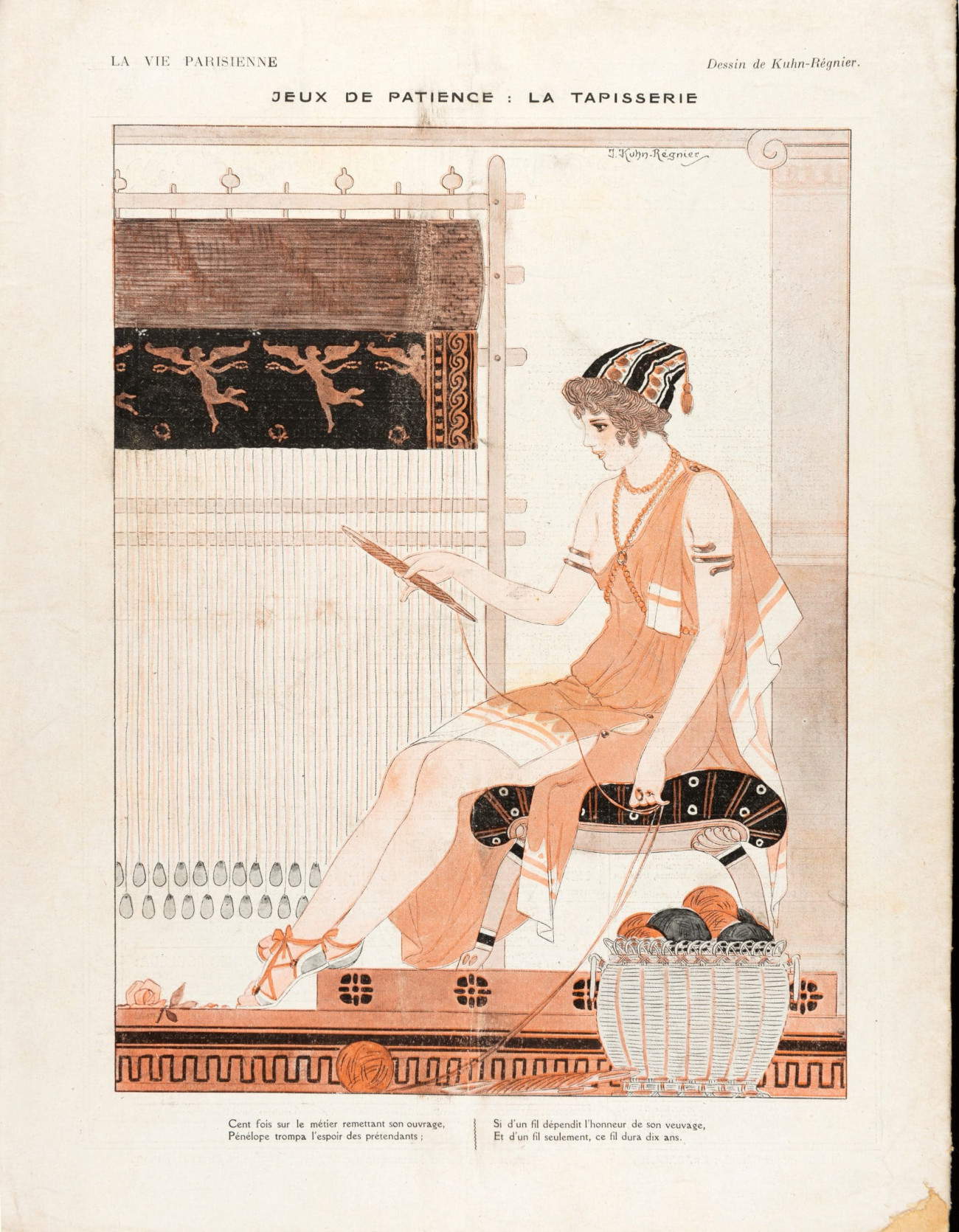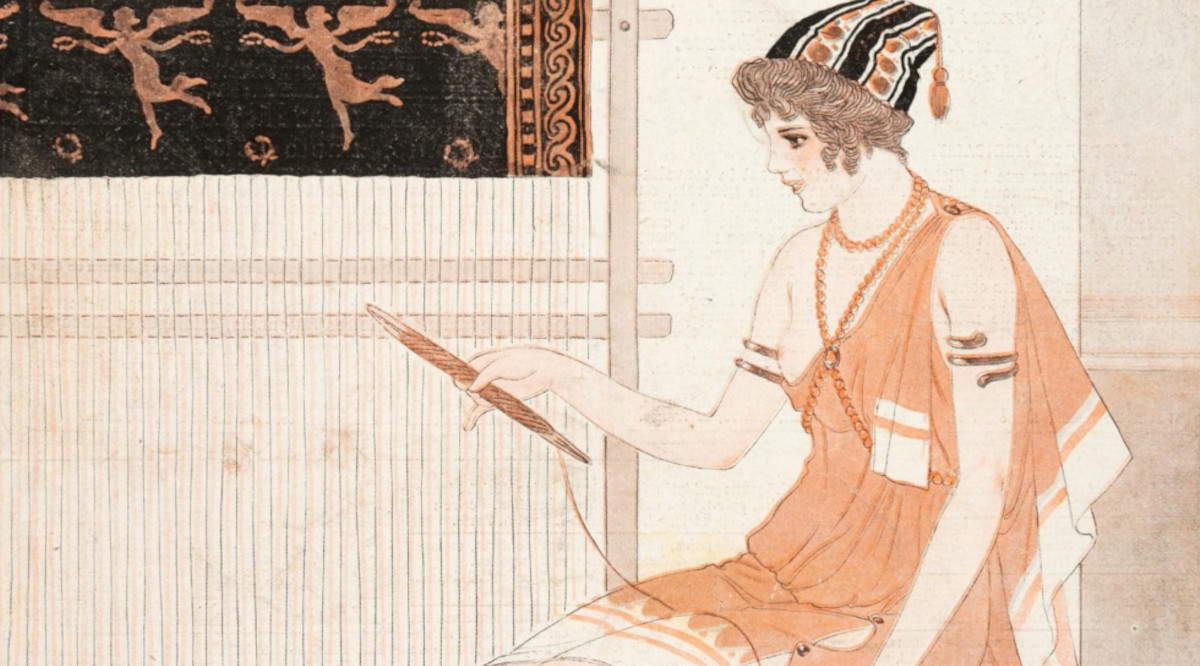At the Colosseum Archaeological Park the first exhibition entirely dedicated to Penelope
The Colosseum Archaeological Park hosts from September 19, 2024 to January 12, 2025 the first exhibition entirely dedicated to Penelope, curated by Alessandra Sarchi and Claudio Franzoni. The exhibition, organized by Electa, unfolds between the Farnesian Uccelliere and the Temple of Romulus, with more than fifty works to trace the myth and fortune of the figure of Penelope through two traditions: the literary one and the one linked to visual representation.
Penelope has always been a symbol of faithfulness, wisdom and cunning, famous for the loom with which she wove and unweaved the shroud for Laertes, father of Odysseus. The exhibition explores her different aspects, from her melancholy iconography to the determination and endurance that make her an extraordinarily modern figure. Among the exhibition’s key moments is a tribute to Maria Lai, an artist who placed textiles at the center of her work, created in collaboration with the Maria Lai Archive and Foundation.
The exhibition is part of a larger project dedicated to three great female figures of antiquity, which will continue with Antigone and Sappho. Paintings, sculptures, reliefs and printed books tell the different aspects of the figure of Penelope, her fortune, ancient and modern, and the questions she still poses to us about the role and social condition of women.
The exhibition is divided into four sections, dedicated to iconic contexts that, inspired by Homeric events and subsequent literary traditions, help characterize the figure of Penelope in art and bear witness to her imperishable fortune: the loom and the canvas; gesture and posture; the dream world; the veil and modesty. Prominent among the exhibits are the skyphos from the National Etruscan Museum in Chiusi, where Penelope is depicted with the loom beside her, and the “Campana” slab from the National Roman Museum, in which she is seated with her legs crossed and her chin resting on one hand. There is no shortage of comparisons between Penelope and Ulysses: the scene in which Penelope struggles to recognize her husband disguised as a beggar after an absence of 20 years is the focus of several works on display.
Penelope, unlike Odysseus who is often sleepless, sleeps and dreams a great deal. She is in fact depicted sleeping, or in the act of waking up, especially in modern times. To her in canto XIX of the Odyssey is attributed the distinction between true dreams, which came out of the horn door, and false dreams, which came out of the ivory door, which would later have a very long fortune until Freud’s analysis. On the famous thalamus, immovable from the room and built of olive wood by Odysseus himself, one of the most modern scenes in the entire poem takes place, once Odysseus has returned to Ithaca, as depicted by Theodoor van Thulden ’s seventeenth-century engravings derived from Primaticcio’s lost frescoes in the Gallery of Odysseus at Fontainebleau. The figure of Penelope is also characterized byaidós, which in Greek means modesty, modesty, shame, and which iconographically is manifested in the veil, as shown in the 18th-century etching engraved by Tommaso Piroli from the drawings of John Flaxman.
The exhibition catalog, published by Electa, collects contributions from experts and investigates Penelope’s fortune in Western culture, up to the cinema. Electa also reissues Le ragioni dell’arte (2002), dialogues between Giuseppina Cuccu and Maria Lai, which enrich the reflection on female creativity. The volume is part of Existing as a Woman, a multi-voice narrative developed with Fondamenta, a newly formed foundation of Electa editore, which conceived and implemented the program of meetings on the themes of the exhibition promoted by the Colosseum Archaeological Park, to be held in the Curia Iulia, from Sept. 21 to Dec. 14.
For info: www.colosseo.it

 |
| At the Colosseum Archaeological Park the first exhibition entirely dedicated to Penelope |
Warning: the translation into English of the original Italian article was created using automatic tools. We undertake to review all articles, but we do not guarantee the total absence of inaccuracies in the translation due to the program. You can find the original by clicking on the ITA button. If you find any mistake,please contact us.




























